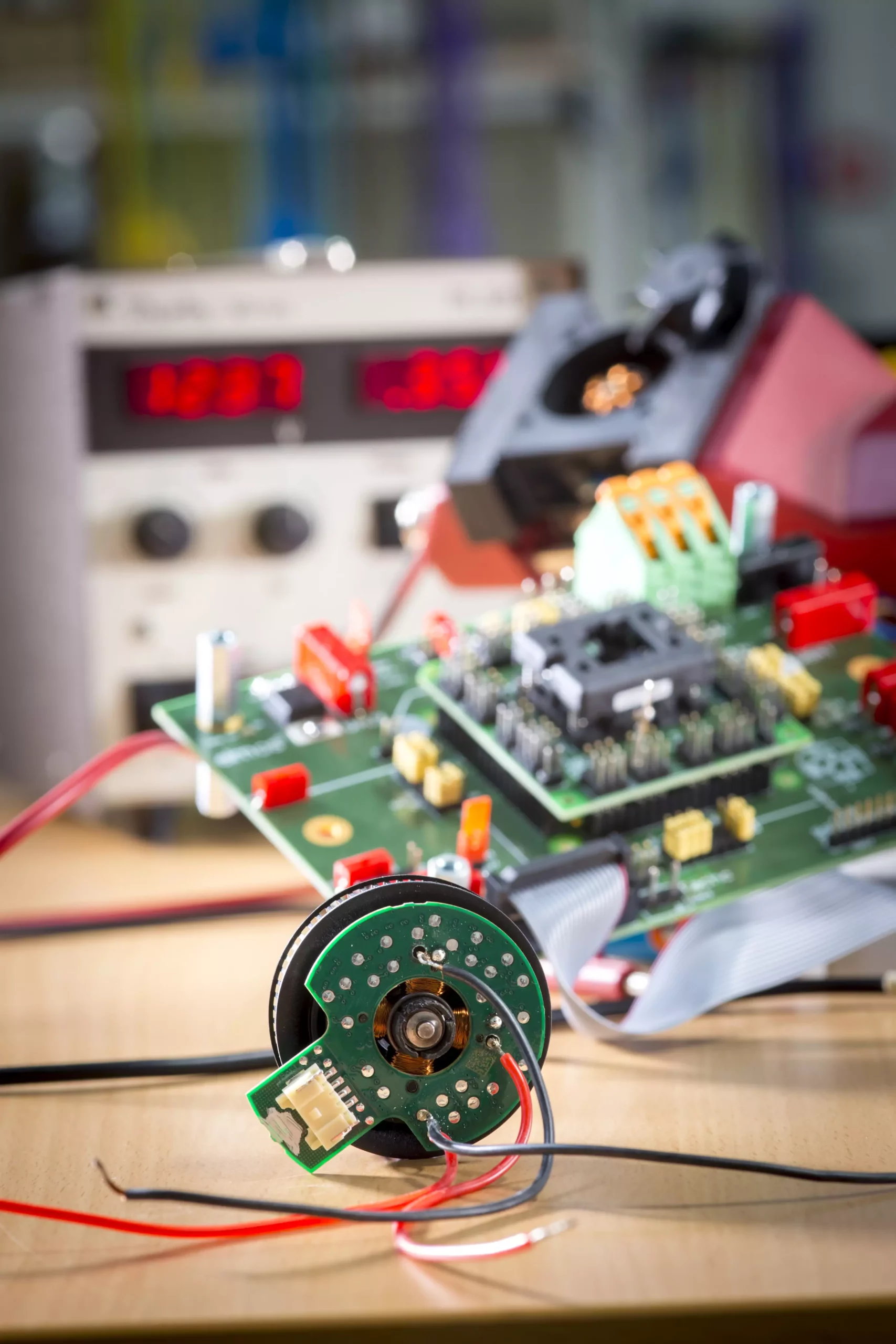Small electric motors play a fundamental role in our daily lives, subtly powering various household appliances, tools, and even computers. They are especially integral in modern vehicles, driving essential auxiliary components like pumps, fans, and lighting systems. While each motor may consume a modest amount of energy, their collective impact across numerous devices presents significant opportunities for energy savings. Recent innovations by a research team at Graz University of Technology, spearheaded by Annette Mütze, aim to unlock this energy-saving potential through advances in motor design and control technology.
One of the standout achievements of Mütze’s research team is the development of brushless integrated drives that minimize operational noise and energy consumption. Traditional motors often produce unwanted vibrations known as cogging torque, which can compromise their efficiency and comfort. Mütze’s team tackled this issue innovatively by adjusting the physical structure of claw pole motors—the very same motors typically employed in car lighting systems. By incorporating skewing and slotting techniques in the motor design, they managed to significantly reduce cogging torque without incurring additional costs. This advancement resulted in a notable 70% decrease in noise production, allowing for smoother and quieter motor operation. Such improvements could greatly enhance user experiences in applications from home appliances to automotive technologies.
Efficiency is another critical area addressed by Mütze’s innovations. Traditional motor control strategies like pulse width modulation (PWM) often lead to higher energy losses due to frequent switching operations—efforts to regulate current flow in motors. However, by altering the switching methodology, Mütze’s team has dramatically improved energy efficiency. Instead of multiple on-and-off cycles to achieve the desired current pattern, their approach requires only a single switch per desired waveform, minimizing unnecessary energy expenditures. Particularly at lower currents, which are common in many motor applications, this new strategy provides a substantial advantage. Additionally, the decrease in switching frequency leads to simplified circuit board designs, requiring half as many capacitors, which translates into lower production costs.
An intriguing aspect of Mütze’s team’s research is their incorporation of printed circuit board (PCB) motors, characterized by circuits designed to form the motor’s necessary magnetic field. This innovative manufacturing technique fosters increased automation, enhancing production efficiency and reducing costs. Furthermore, in a bid to optimize magnetic flux guidance within the motors, the team introduced 3D-printed ferrite cores to the PCB designs. This crucial development not only allowed for better magnet performance but also enabled the use of more cost-effective ferrite-based magnets. This shift represents a significant step toward providing high-performance motors while leveraging materials that offer economic advantages.
Implications for the Future of Electric Drives
The advances highlighted by the Graz University team signal a transformative moment for small electric motors across diverse applications. By enhancing energy efficiency and reducing operational noise, these innovations pave the way for more sustainable technologies in contemporary households and industries. The implications extend beyond simple performance improvements; they align with global efforts to reduce energy consumption and promote environmentally friendly practices.
As consumer demand for quieter, more efficient motors continues to rise, Mütze’s research reflects a promising direction for the future of electric drive systems. These innovations not only benchmark the current capabilities of small electric motors but also set ambitious standards for what can be achieved in the realms of energy efficiency, manufacturing simplicity, and operational effectiveness. With ongoing advancements in technology, the vision of smarter, more sustainable electric drives is within reach, promising a positive impact on both consumers and the environment.


Leave a Reply